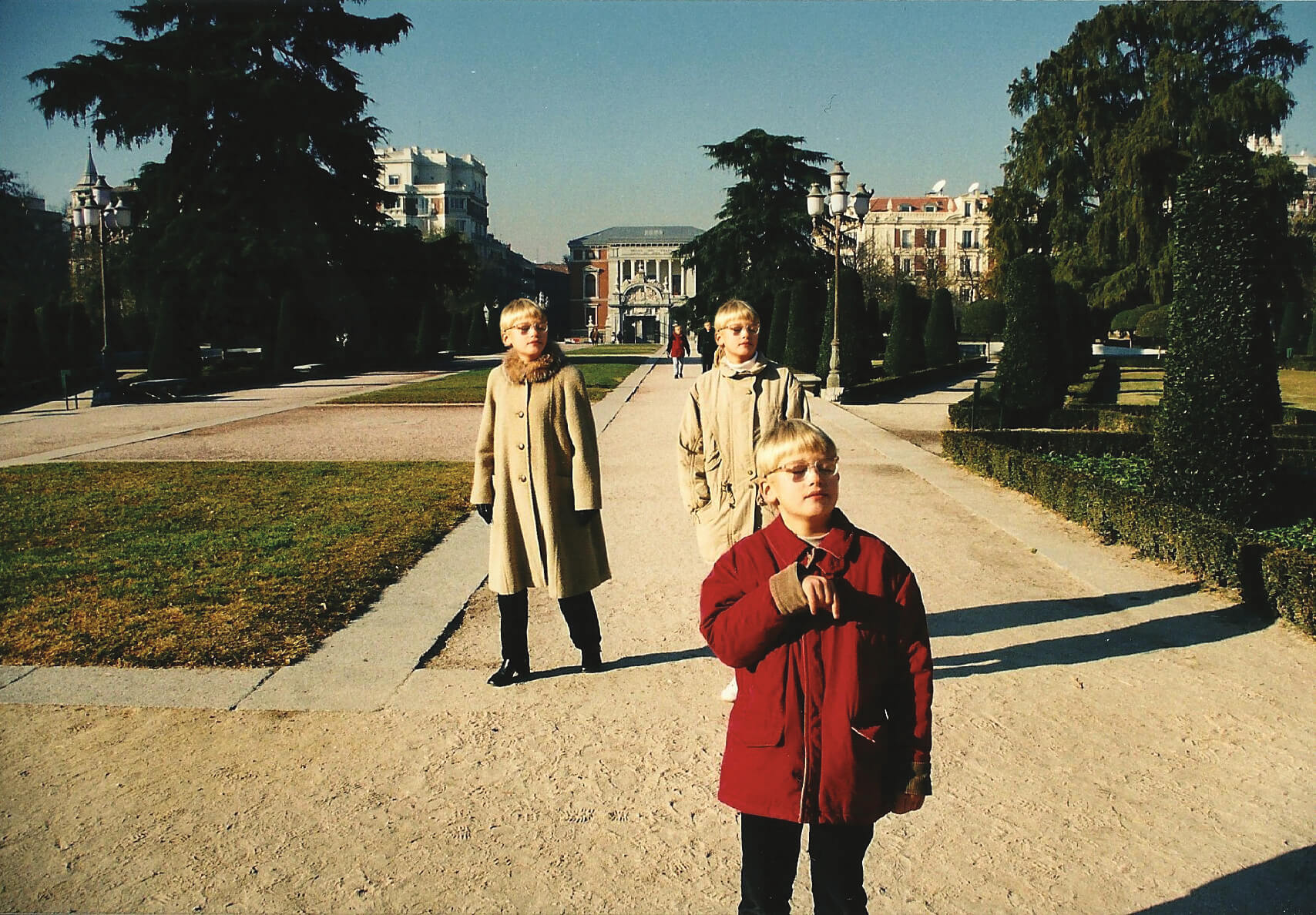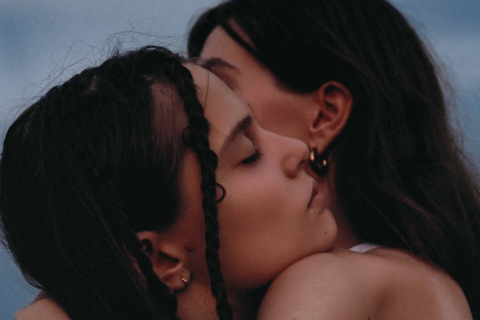
Zelenyy Borscht: How Neural Network Distorts Memory

Ukrainian visual artist and photographer. Born in Kazakhstan, grew up in Oskemen, Kyiv and Barcelona. Currently based in New York. Collaborated with The New York Times, The Wall Street Journal, GQ, Nike, Puma, and many more.
— I wanted to reinterpret our perception of reality, focusing on the ephemeral nature of memories. In this enigmatic realm, memory and imagination intersect, and vivid moments from the past become distorted, fragmented, or even entirely fabricated.
I sought to reconstruct moments from childhood and family gatherings that existed solely in the corners of my consciousness. These simultaneously familiar and fantastical images challenge the authenticity of memories and our understanding of the past.
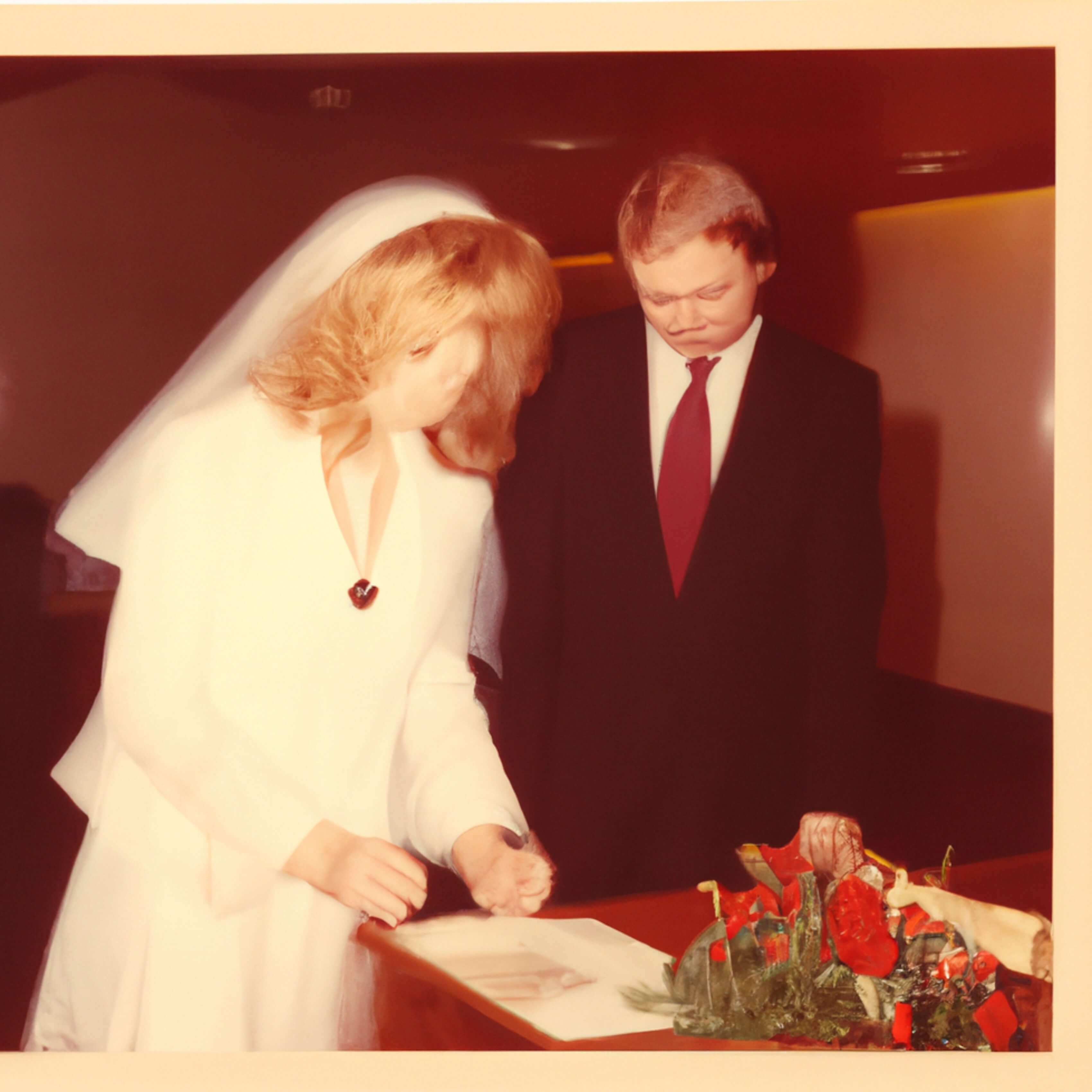
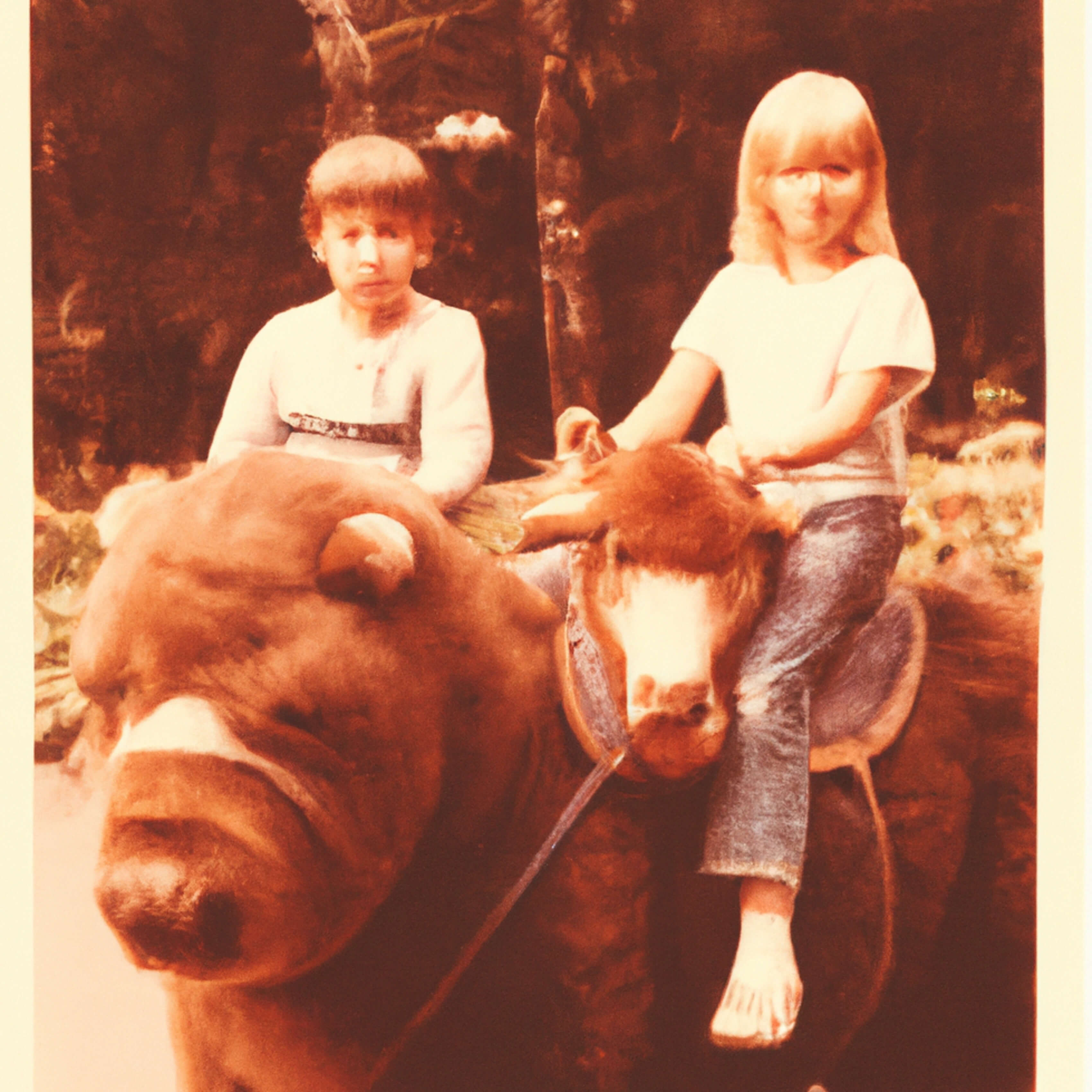
The series title plays on the idea of distorting memories. “Zelenyy Borscht” (green borscht — Translator`s note) represents something strange and unfamiliar to me, yet deeply connected to something as recognizable as classic red borscht. The concept emerged from my previous work, exploring notions of identity, immigration, my Ukrainian heritage, and memories related to it.
The series was created through the editing of old photographs from family albums using the neural network
it generates images from textual prompts
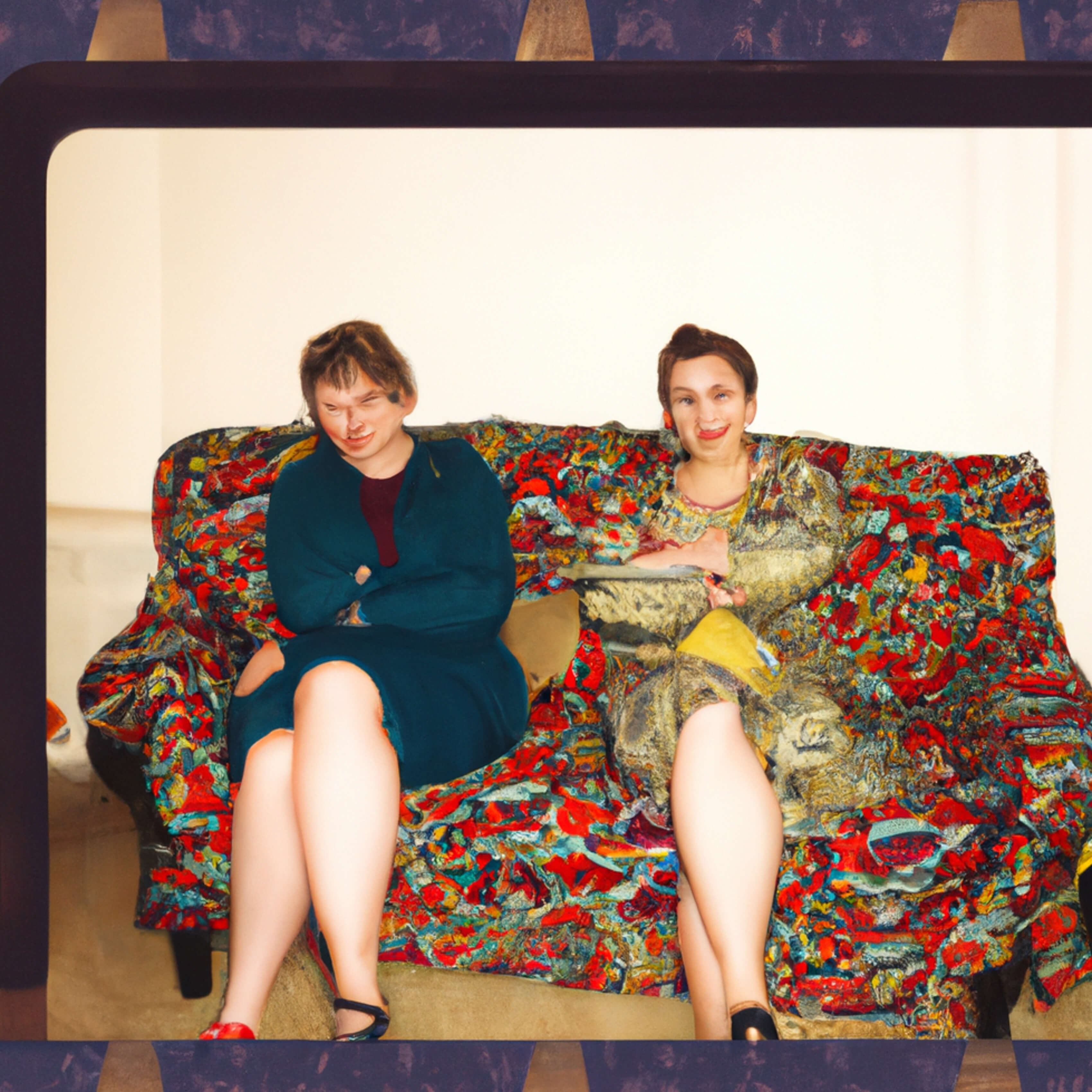
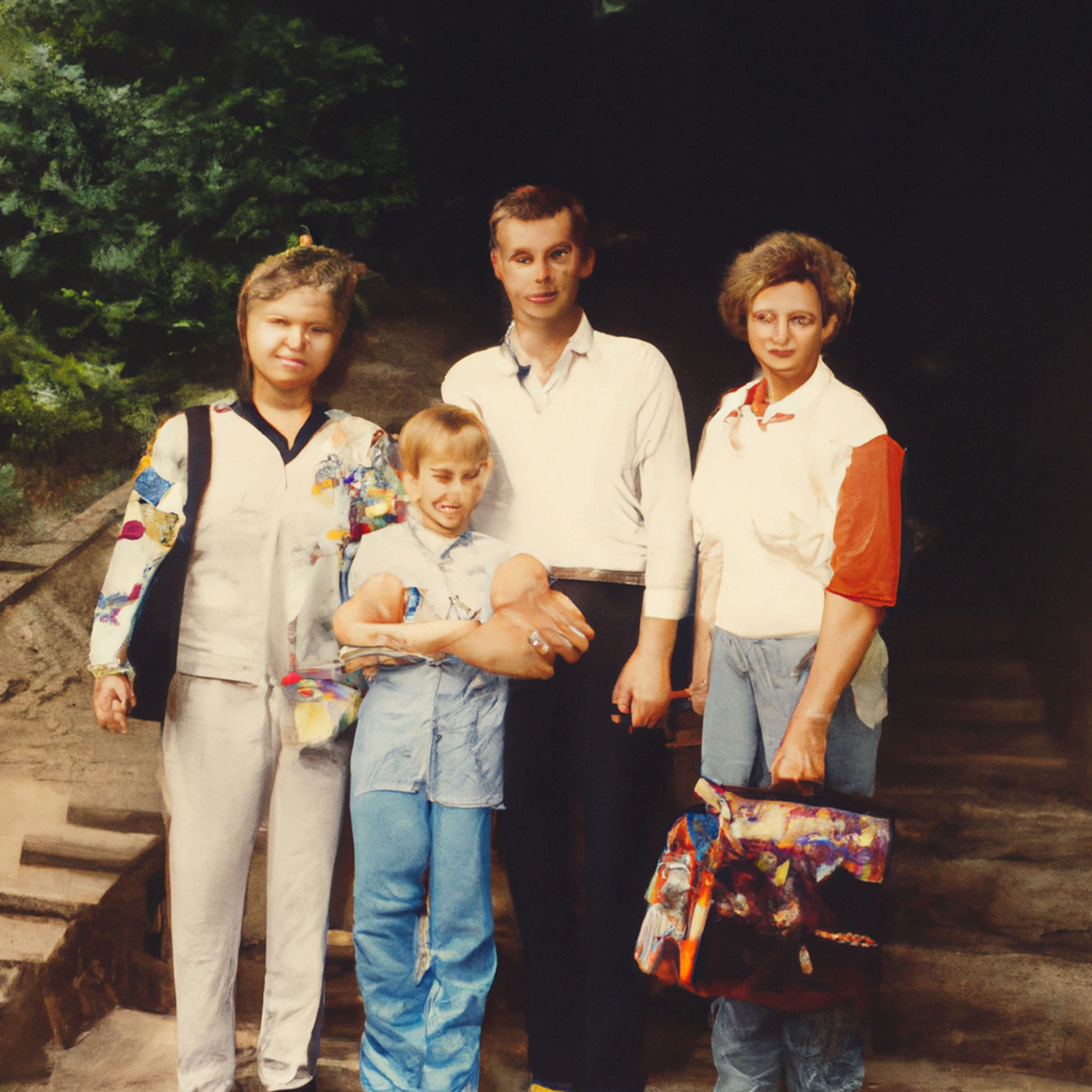
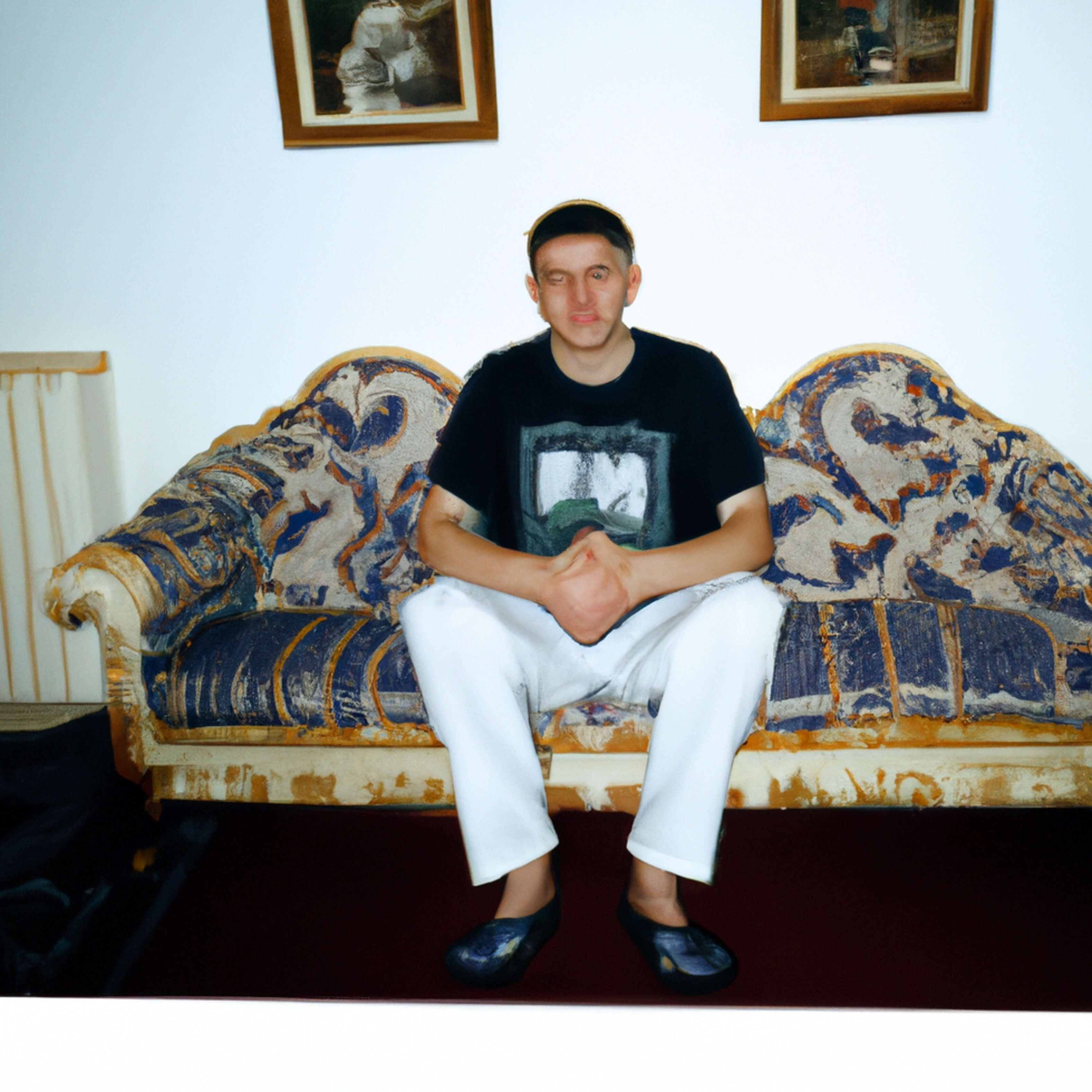



My relatives present in the original images haven’t seen the new variations of the pictures. For me, these characters are fictional entities based on real people, and in this case, I don’t perceive them as my close ones.
Transformed photographs serve as gateways to contemplation. Through them, people can explore the nature of their own memories and the limitations of personal archives.
For me, these characters are fictional entities based on real people, and in this case, I don’t perceive them as my close ones.
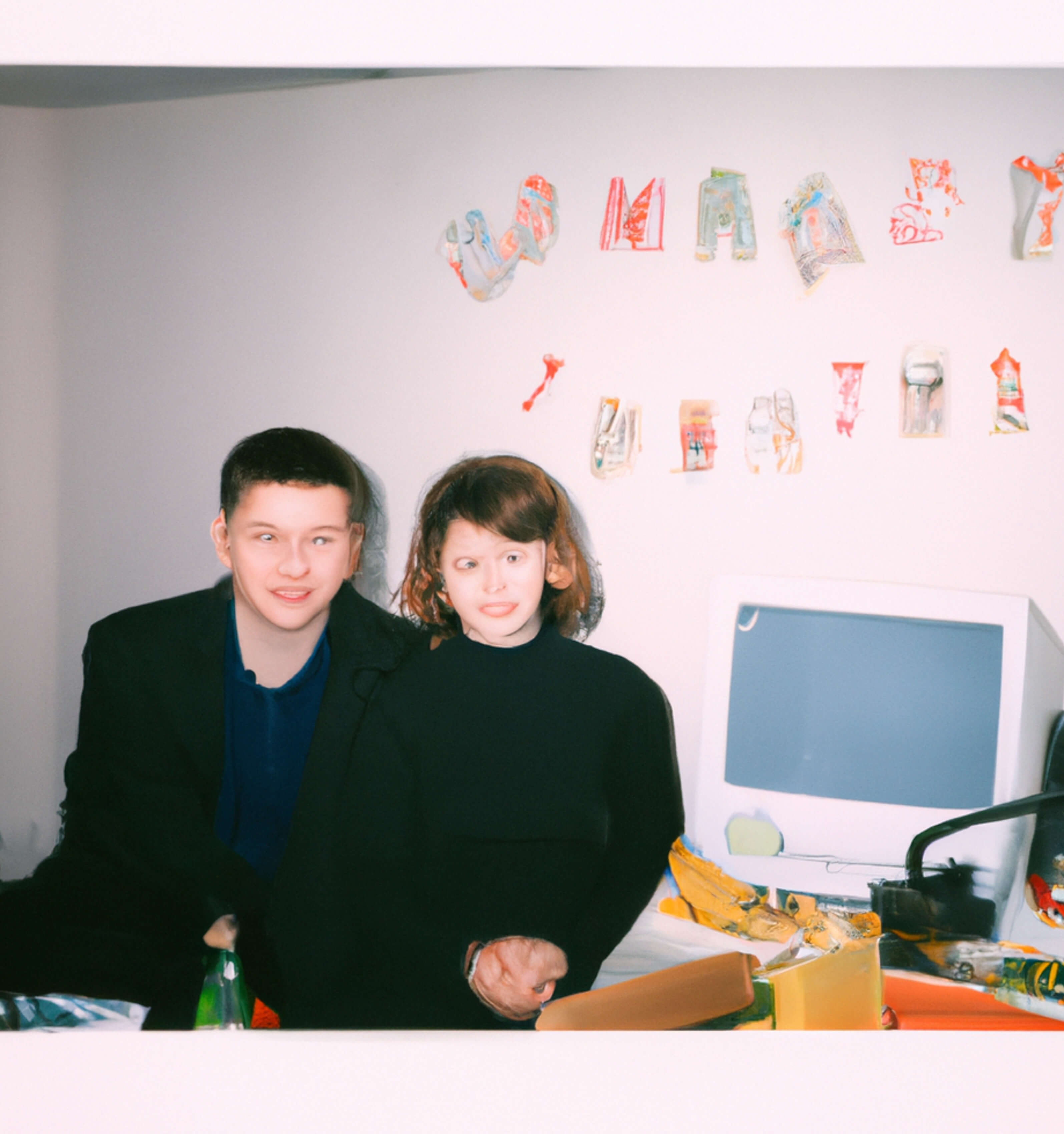
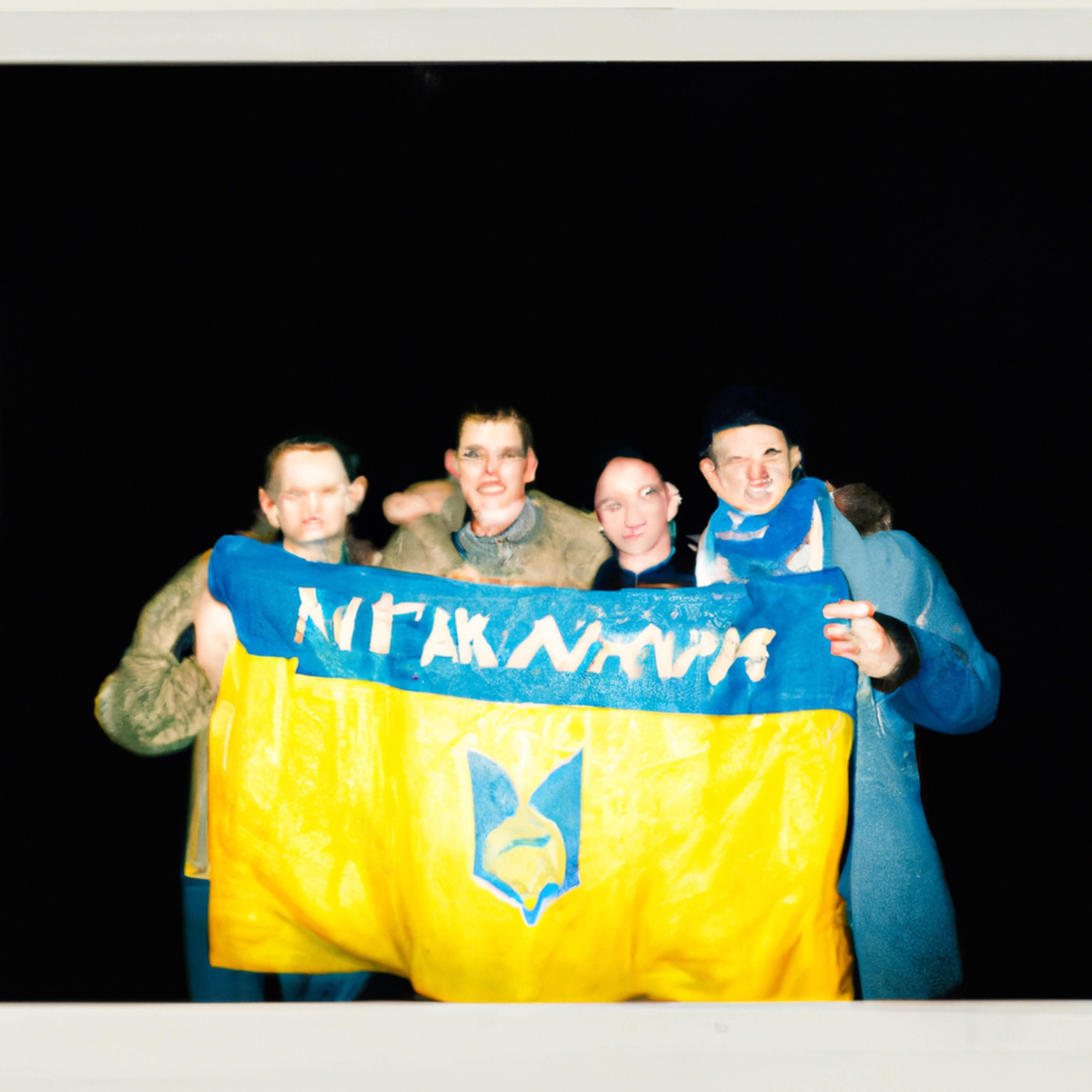

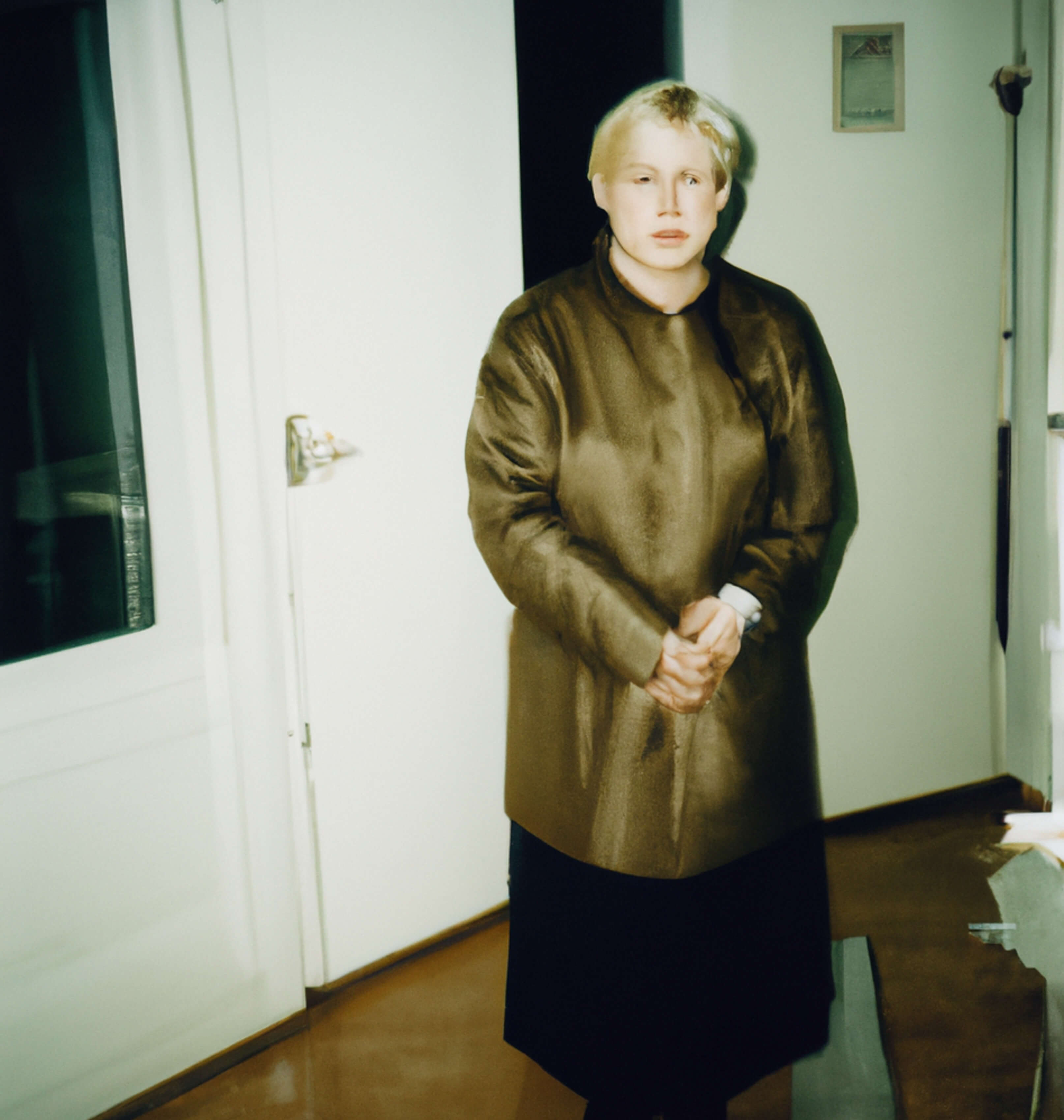
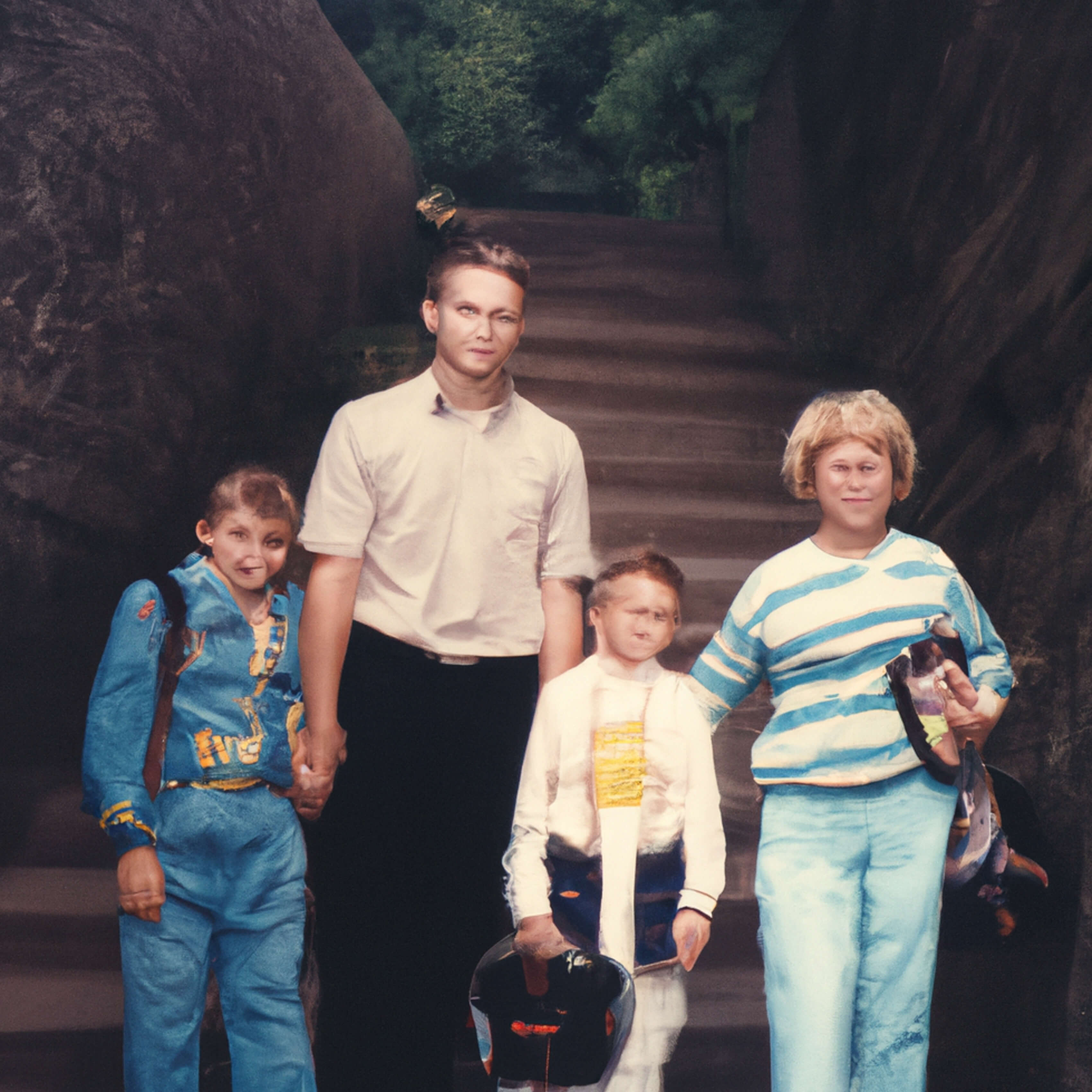

New and best
